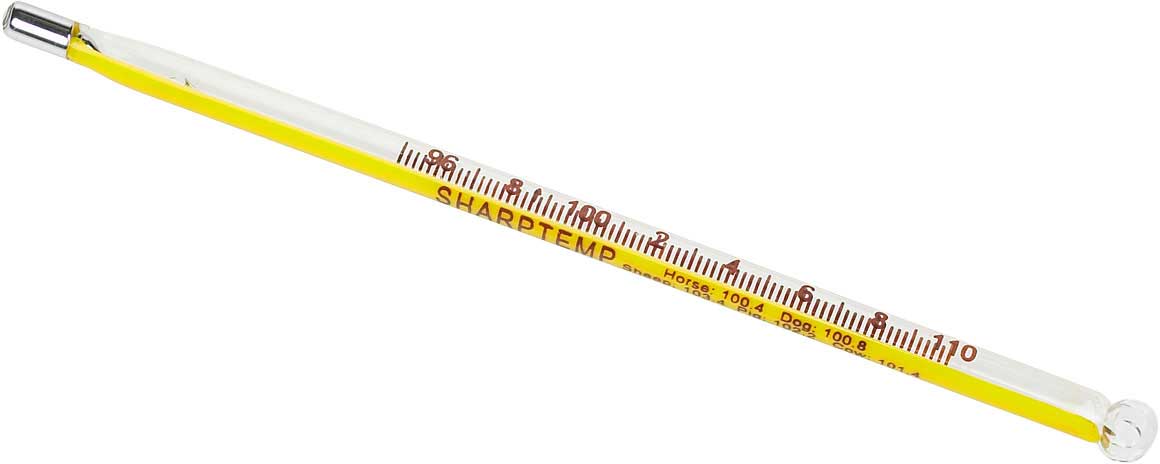Hi everyone, first time poster.
I bought a mare a few months ago with an unknown history. The sellers were less than reputable (buyer mistake), but needless to say I am very happy with my horse despite some of the unexpected difficulties. Anyways, the reason for this post is because my mare can be very sensitive about certain areas being touched, namely her udders and under her tail. The under the tail issue particularly came to light when the vet went to take her temperature and she tried to double barrel kick him. I have been working with her daily to help desensitize her. She lets me brush her tail, place my hand between her back legs and further up, closer to her rectum, and hold her tail at the base and lift it up and side to side. She has not tried to kick me, but she will flinch, pin her ears back, and move away quickly. In the last few weeks, she has been pretty calm/“normal” about me placing my hand on the side of her rectum and holding her tail.
The problem is, I’m admittedly a little nervous to actually try taking her temperature again. In about three months I will be moving her out of state so she needs her temperature taken for a health certificate, plus it’s obviously something I would like to be able to do should the need ever arise. Does anyone have any advice/recommendations about what my next steps should be or how I can safely take her temperature before the vet is back out as a means of “practicing” before the big day?
Thanks in advance!

